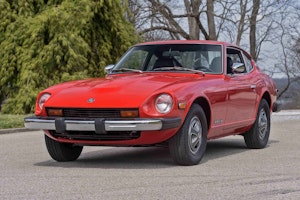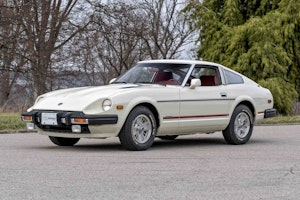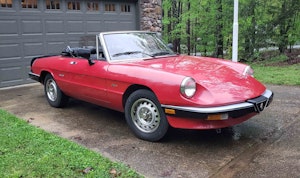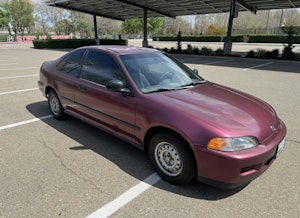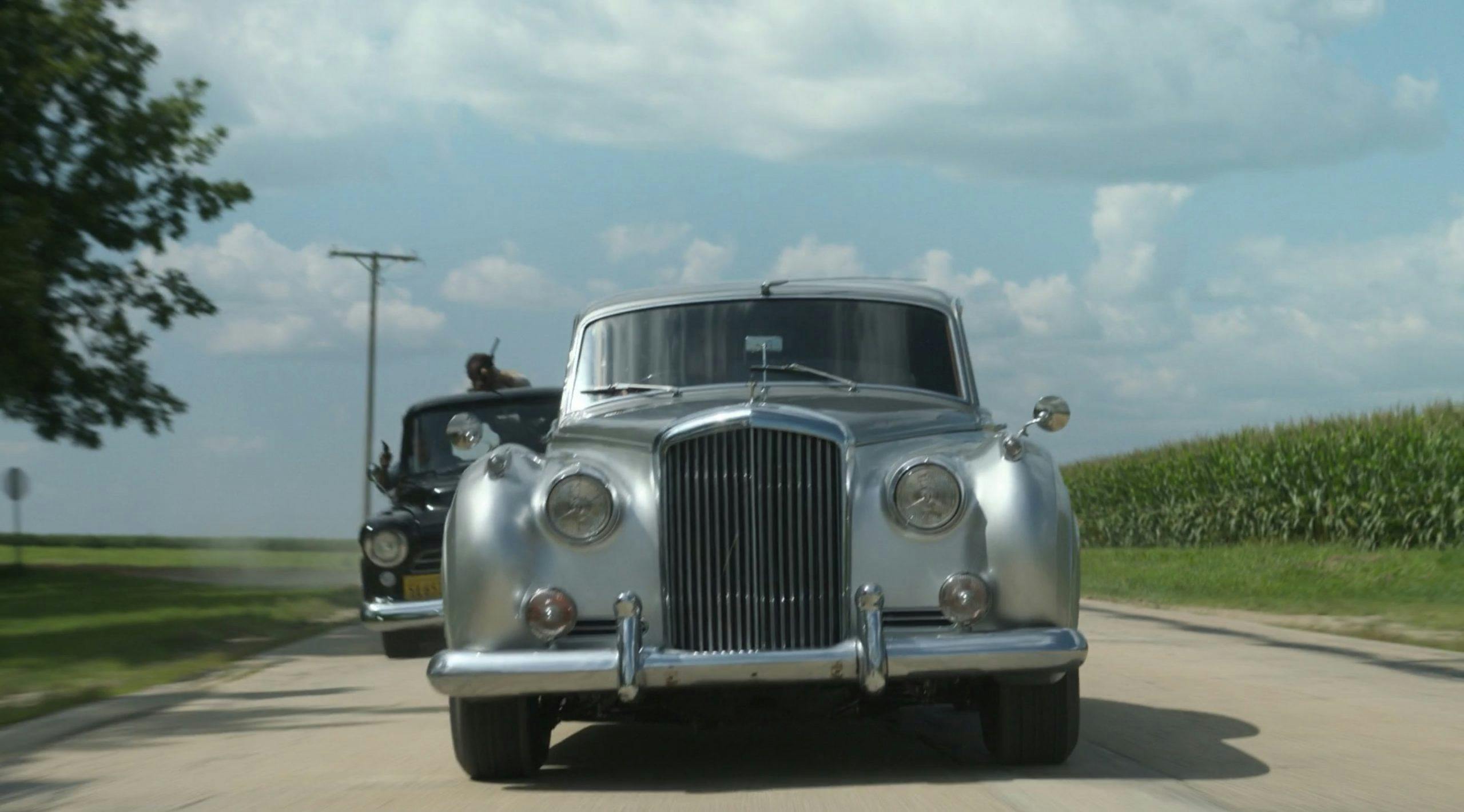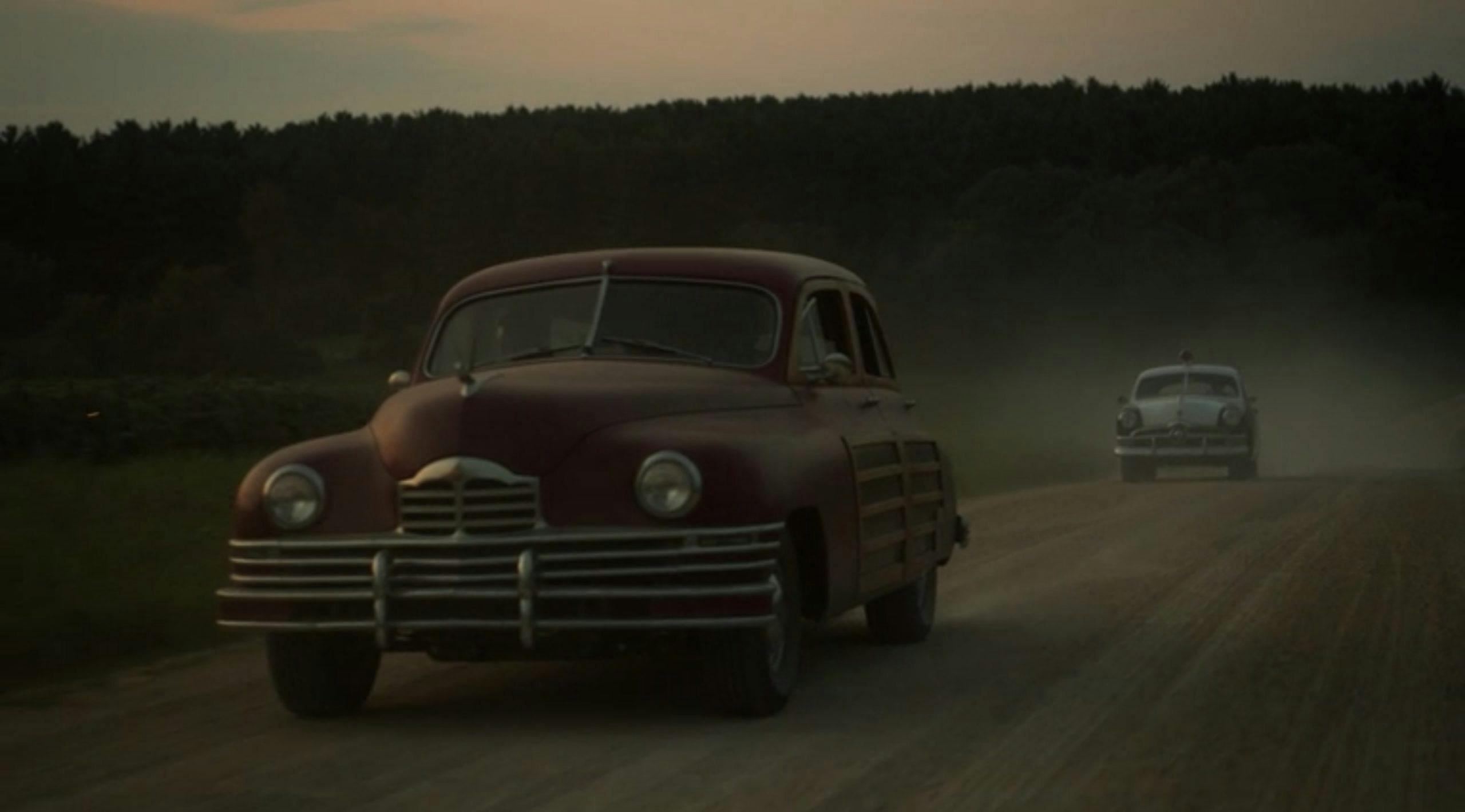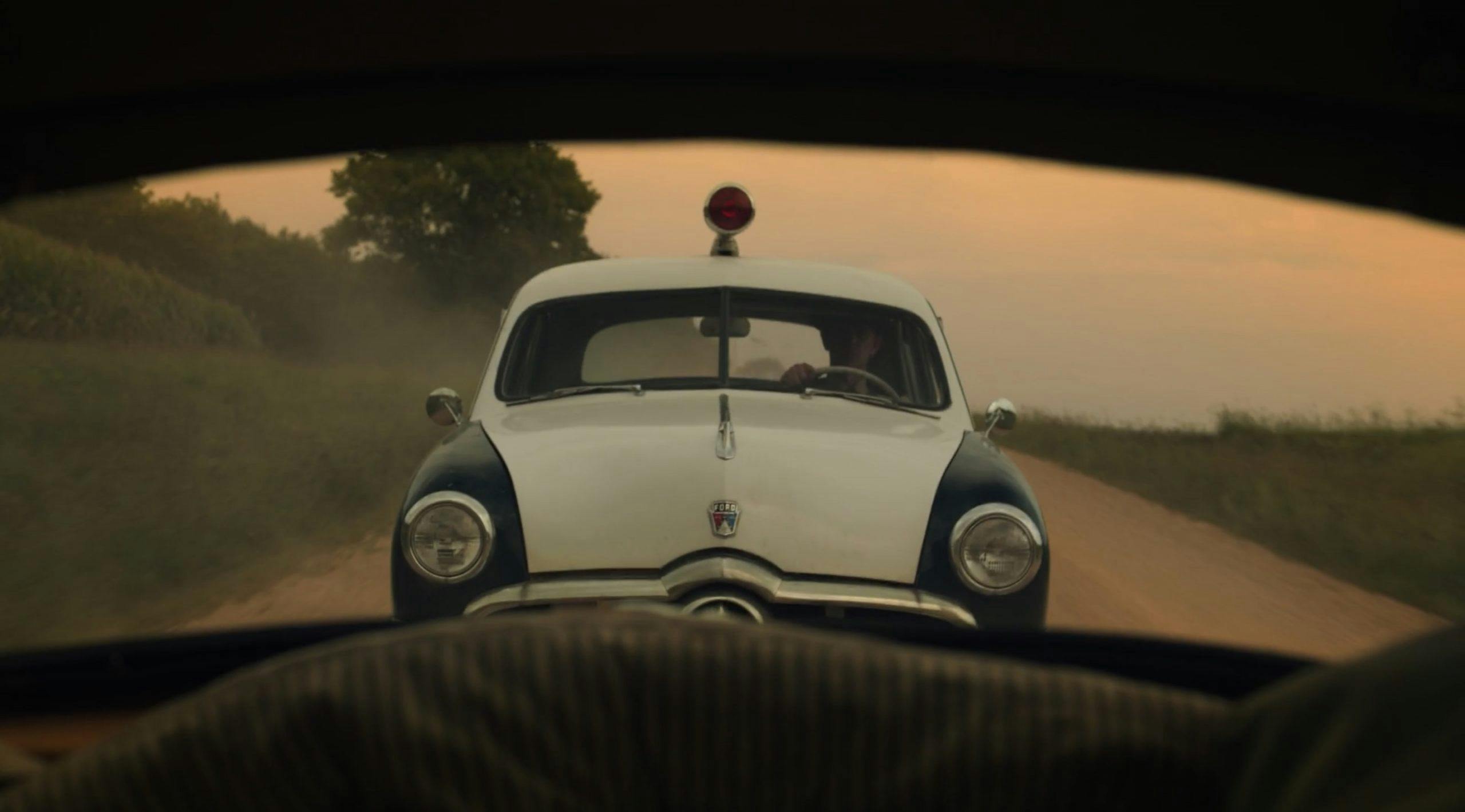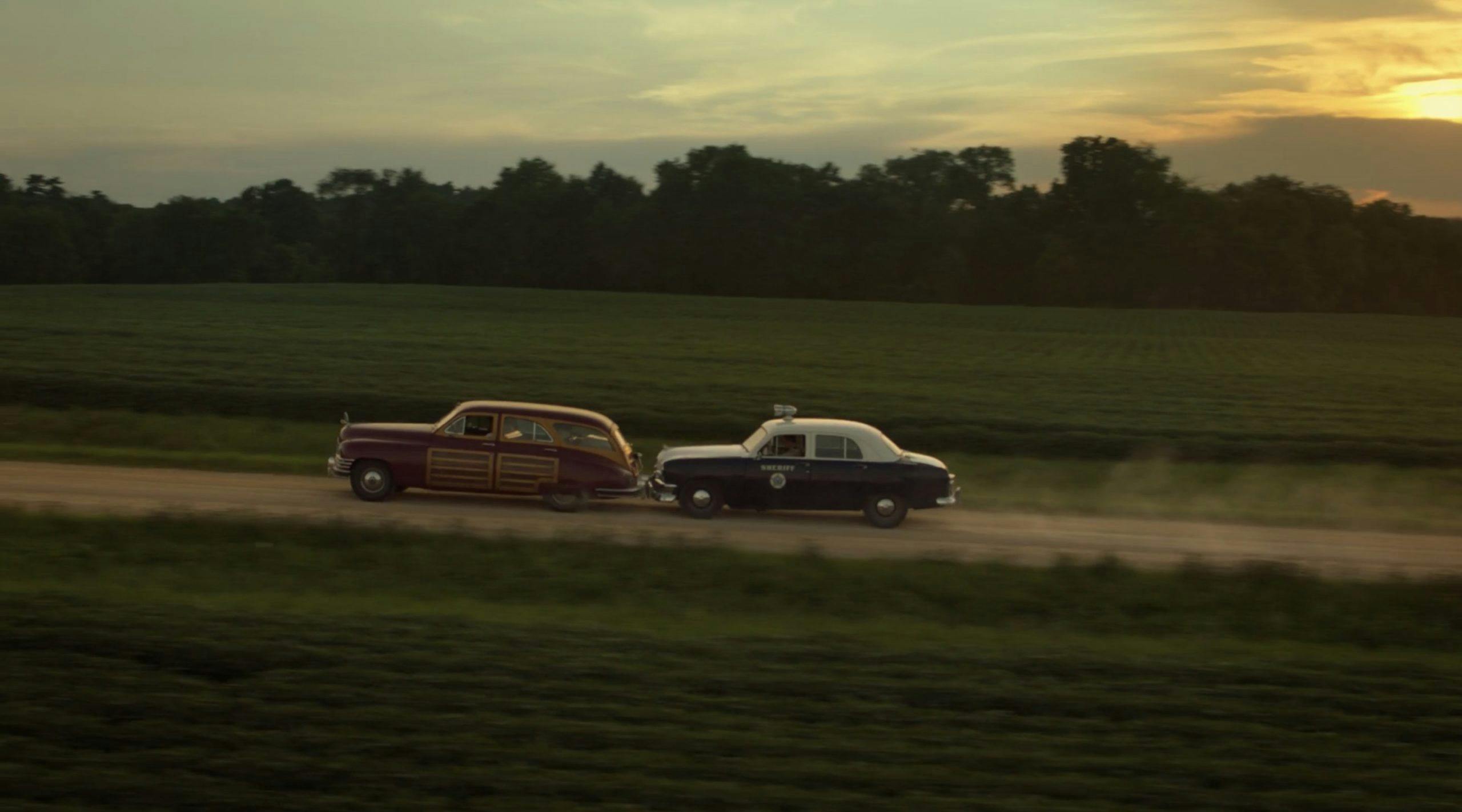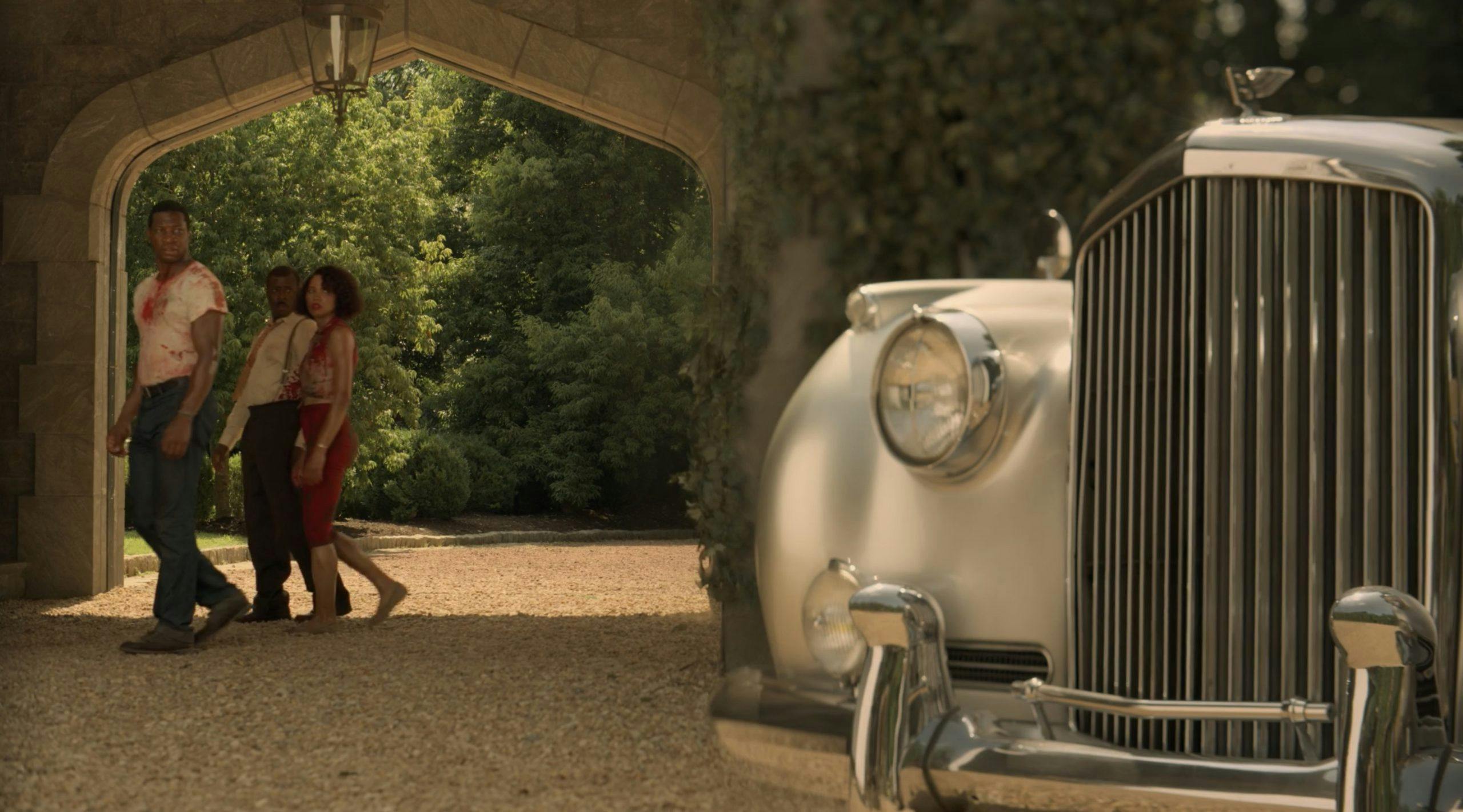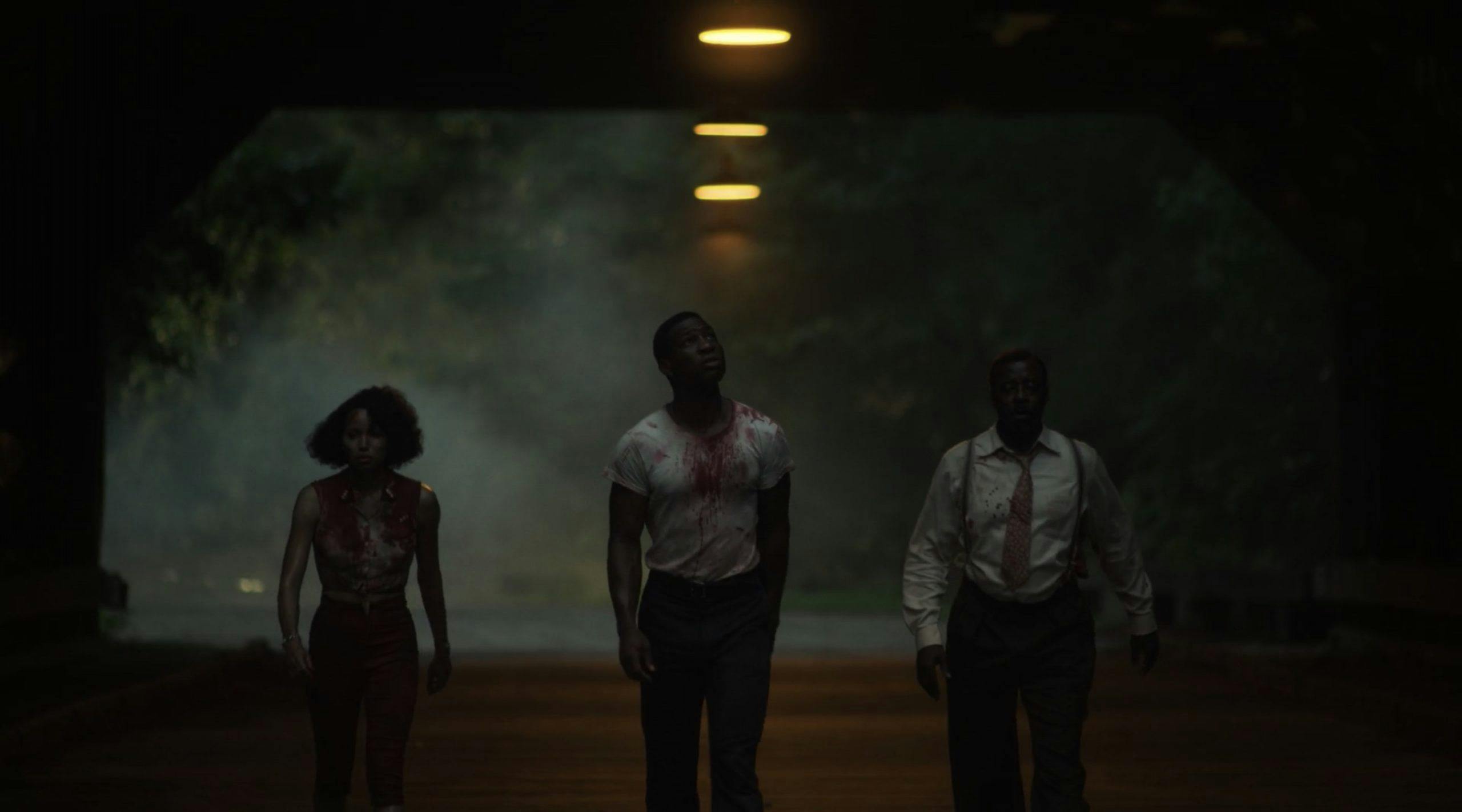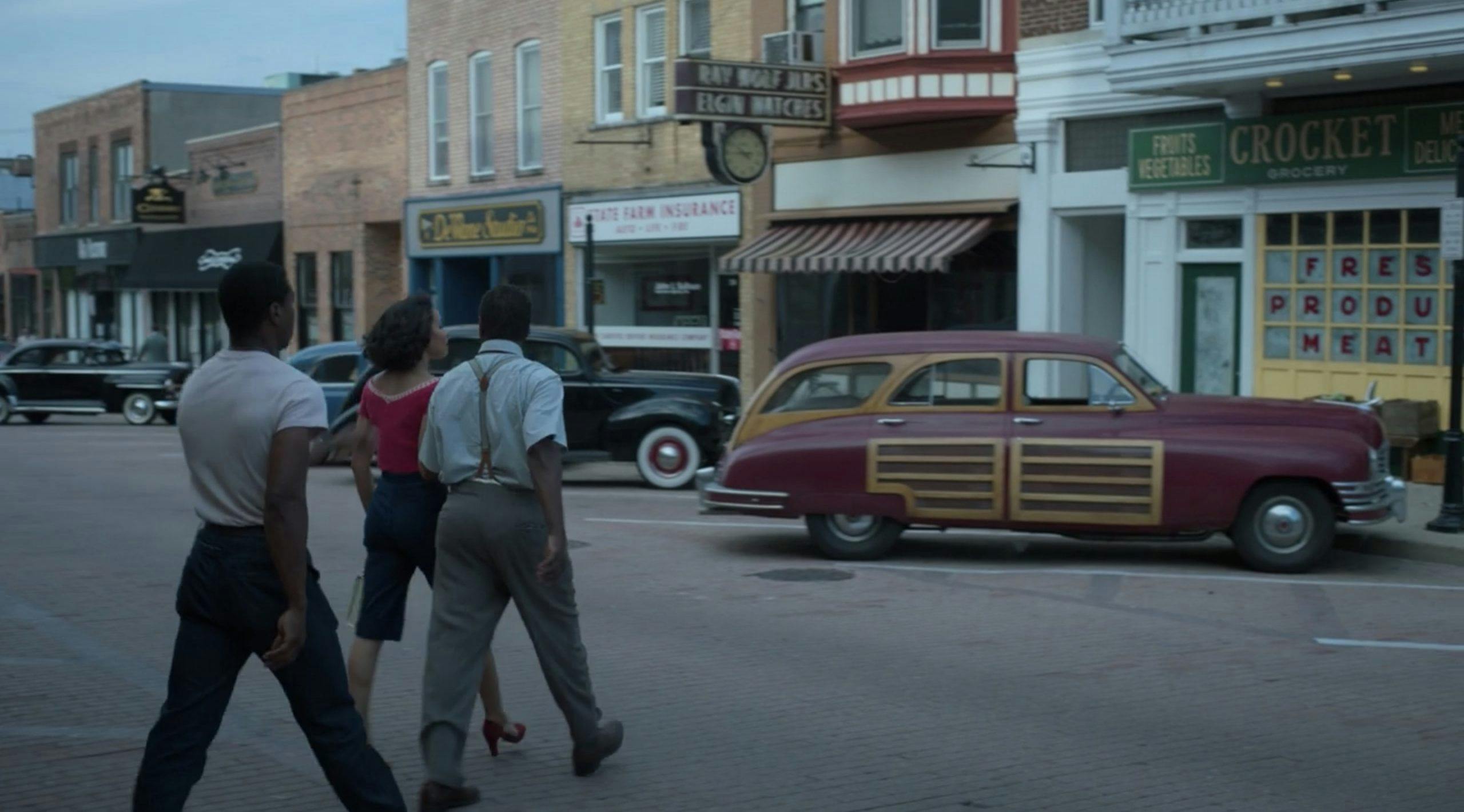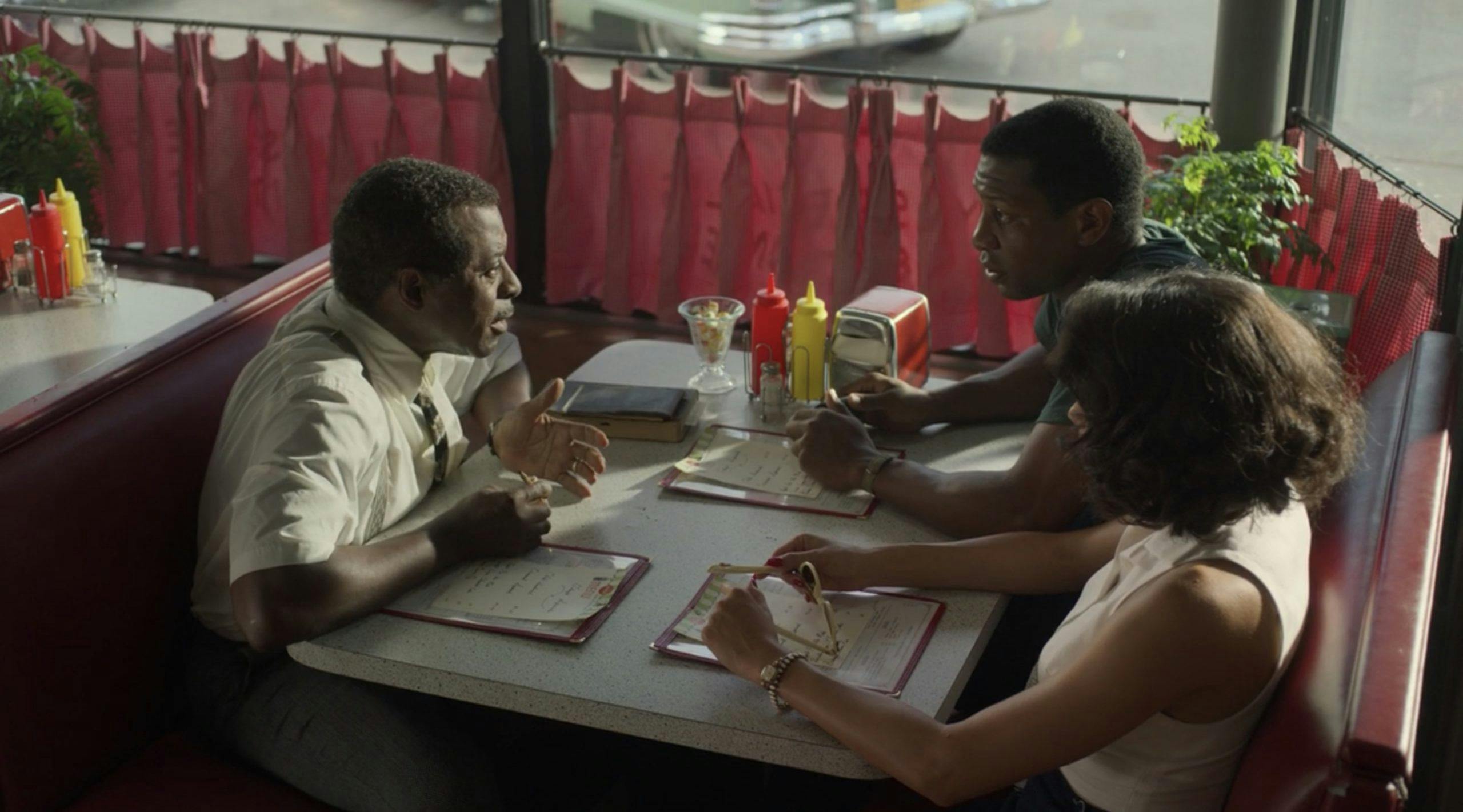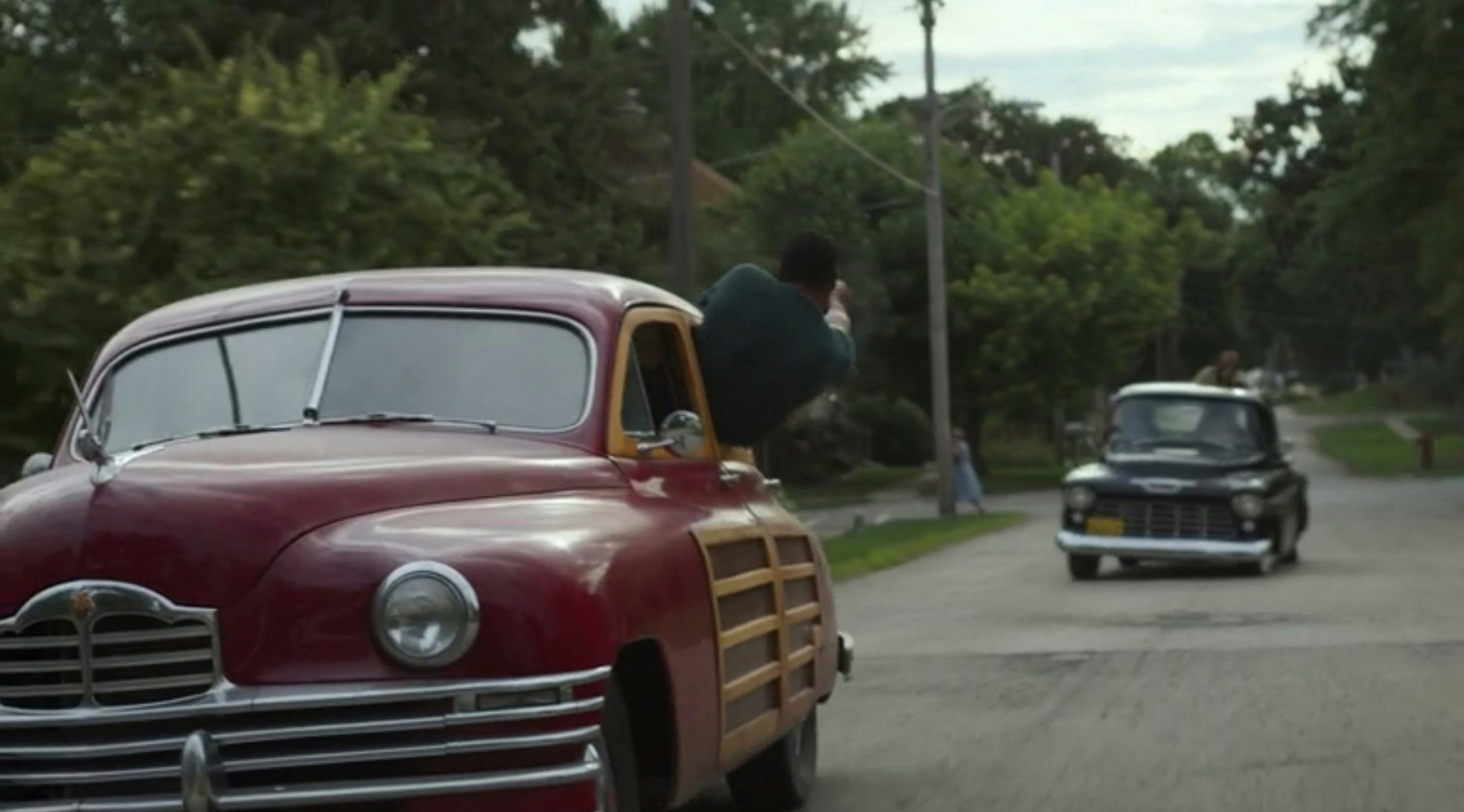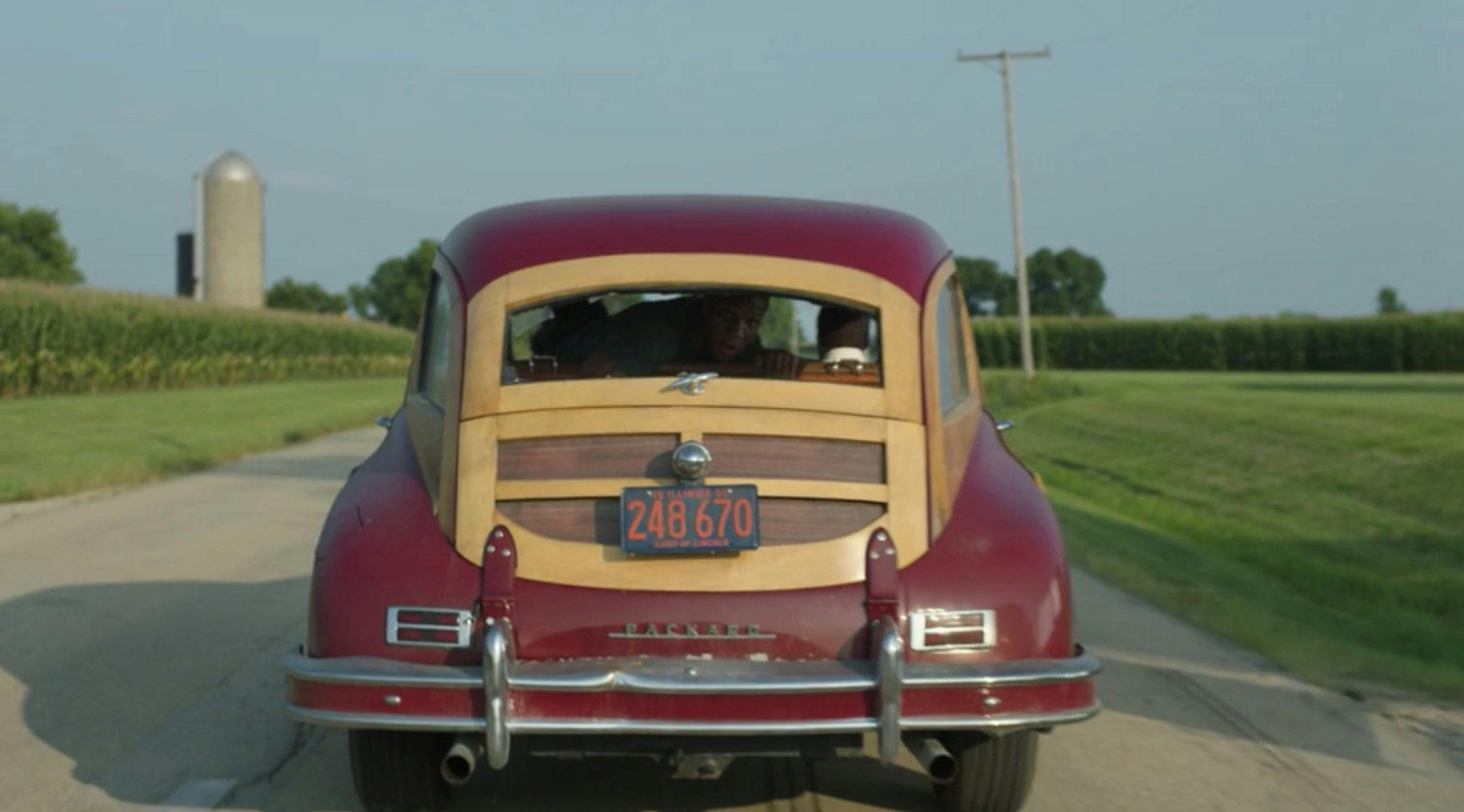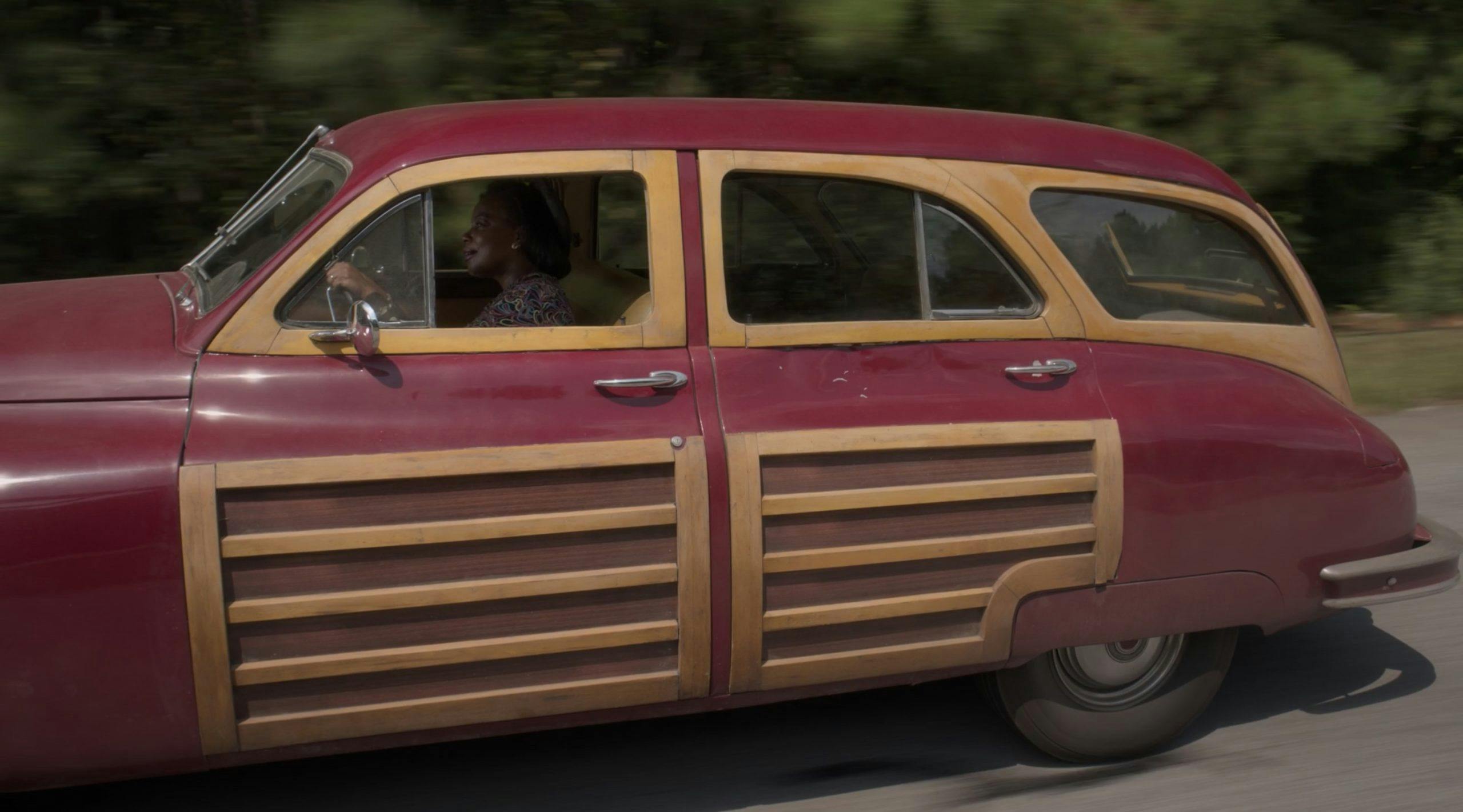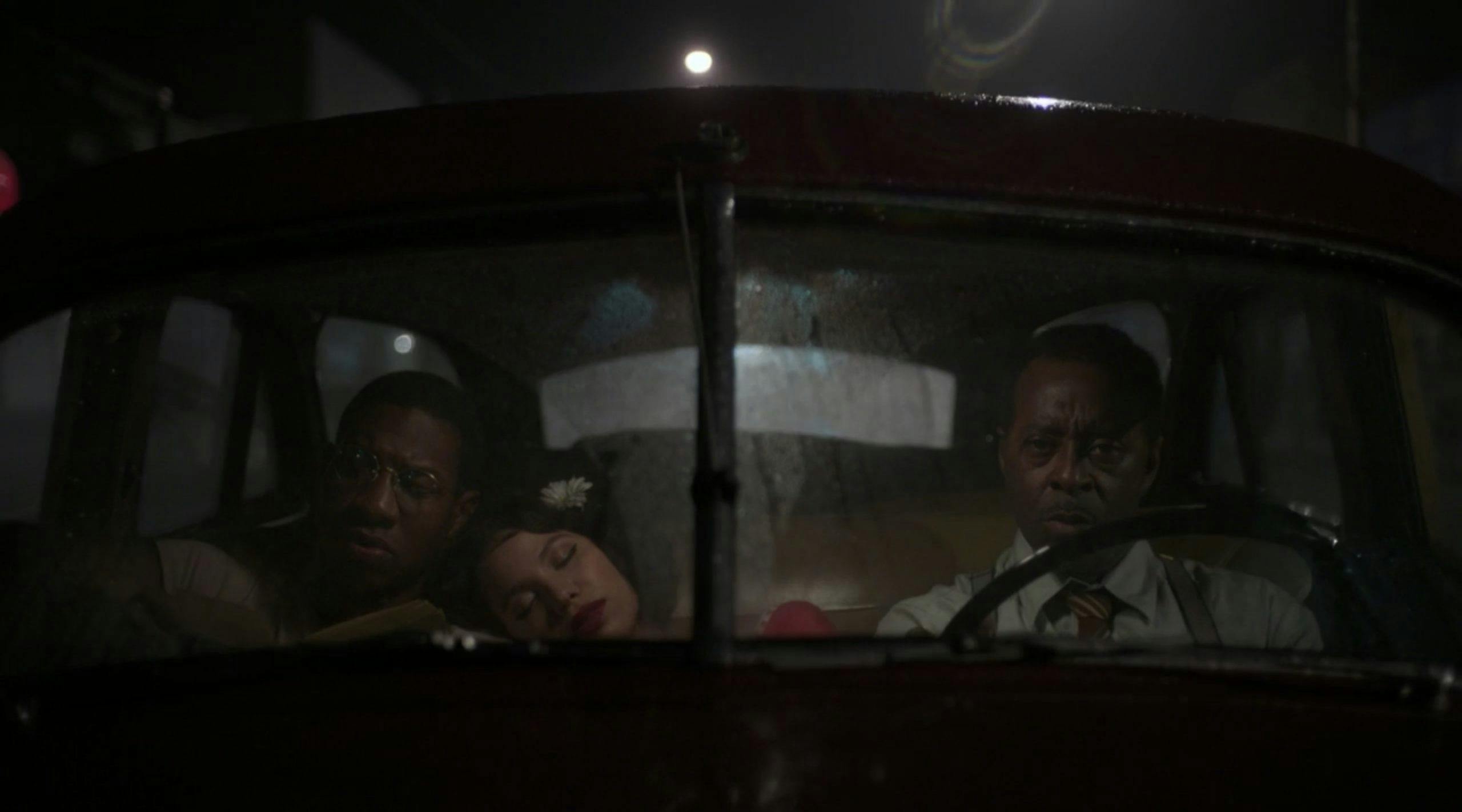Media | Articles
In HBO’s “Lovecraft Country,” a ’48 Packard woody is much more than transportation

Lovecraft Country is a story about magic, time travel, shapeshifting, alternate dimensions, plus monsters old and new. Misha Green’s show creates its own mythos, one that revises H.P. Lovecraft’s reactionary horror. What’s scariest and most poignant about this adaptation of Matt Ruff’s novel isn’t invented, though—it’s rooted in history. Lovecraft’s virulent bigotry is baked into his work, and Lovecraft Country flips that lens around, turning people that Lovecraft would have vilified into the story’s heroes and shining a light on the true monsters.
**(Warning: Spoilers for Episode 1 follow)**
Lovecraft Country is also, at its heart, a story about family. It centers on Atticus ‘Tic’ Freeman (Jonathan Majors), who sets off in search of his lost father Montrose (Michael Kenneth Williams) when the show begins. Uncle George (Courtney B. Vance) and Tic’s childhood friend Letitia Lewis (Jurnee Smollett) accompany him on his journey from Chicago—through Jim Crow America—to a place called Ardham. Along the way, they face dangers both familiar (like racist cops) and strange (like Shoggoths).

To get to Ardham, they take Woody, a beloved car belonging to George and Hippolyta Freeman (Aunjanue Ellis). For this unique hero car, the show didn’t choose the obvious, opting instead for a 1948 Packard Station Sedan over the garden-variety Oldsmobile, Chevy, or Ford. Woody is lovingly nicknamed after its body style (a woody wagon), with northern-birch paneling, a solid-wood tailgate, and a cormorant hood ornament. It’s somewhere between a station wagon and a Packard sedan, and its generous use of steel sets it apart from other woodies of the period; Packard promoted it as “the successor to the station wagon” when in practice it proved a precursor to the many steel-bodied station wagons that followed. Packard’s “all-occasion beauty” was manufactured for only a short period of time, from 1948 through 1950. The four-door, six-passenger sedan was a comfortable car, and a popular one, winning awards like the New York Fashion Academy’s Fashion Car of the Year in ’48.
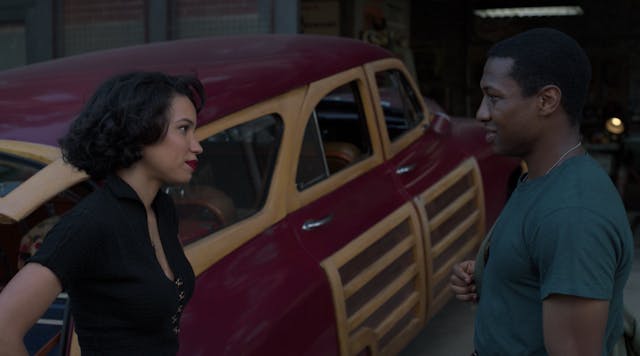
Cars have always been both practical objects and status symbols, but for the Freemans, it’s more than that—having a car is about protection. It’s a safeguard. Production designer Kalina Ivanov told Variety: “There’s an article about driving as Black, but it talks about why Black people focused on buying cars in the ‘50s—because it was a matter of survival. If you were on a bus, it was dangerous, so the cars had emotional and visual impact.” During trips for their guide for Black travelers, the car helps George and Hippolyta stay out of harm’s way in uncharted territory, and through the course of the show, it conveys them through even stranger worlds.
Marketplace
Buy and sell classics with confidence
Woody exists in stark contrast to the icy and sleek Bentley S1 Standard Steel Saloon driven by one of the show’s antagonists, Abbey Lee’s Christina Braithwhite. The spectral silvery-gray Bentley is a new model; it’s more expensive, more luxurious, more stylish, and it handles better than the Packard. The Freemans, in contrast, are “very proud lower middle-class people,” according to Ivanov, and Woody reflects that. It’s warm and cozy, a wholly American car. Up against the Bentley, Woody is an underdog car for underdog heroes—a second home and a member of the family.

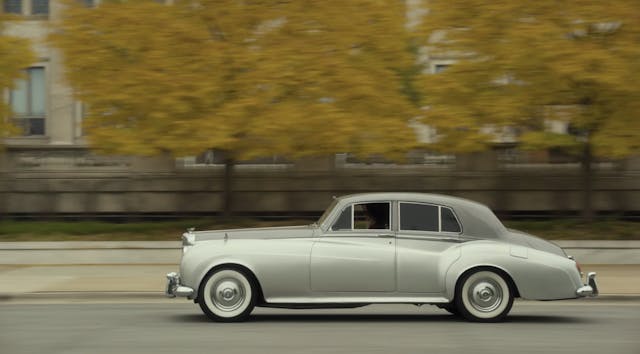
Lovecraft Country’s pilot episode contains the season’s two best car chases, and the first one stars both Woody and the Bentley. On their road trip, George, Tic, and Leti decide to stop for lunch. George got a tip about a nearby diner called Lydia’s, but they find the Simmonsville Dinette in its place. What once was a red-brick building has been painted white to hide ominous burn marks, and its owner has been replaced. When they realize the diner was set on fire and something terrible happened to Ms. Lydia, they make a hasty retreat. Thus far on their trip, Leti’s been relegated to passenger, but she finally gets to drive and ultimately saves everyone’s butts. The terror is heightened by the fact that it isn’t anonymous strangers who pursue them—it’s the city’s own fire department.
Christina intervenes, her first appearance. Her Bentley materializes on a parallel road, then merges between Woody and the fire truck—a 1955 Chevrolet Task Force. Our heroes don’t know whether she is friend or foe, foreshadowing the uncertain relationship they’ll have throughout the series. When the Chevy crashes into a protective magic shield that she’s formed around her car, she effectively saves their lives.
Though the first chase proceeds in standard high-speed car chase fashion, what follows is less conventional. In an interview with Cinema Blend, Jonathan Majors correctly called it, “the perfect scene and the most dopest blend of psychological drama and psychological horror and physical horror.” In this second chase, Leti, Atticus, and George wind up in a sundown town near dark. The sheriff finds them and threatens to lynch them if they don’t get out by sunset. They have only seven minutes, and their hindrances are twofold: they have to escape before dark, but they can’t exceed an impossible speed limit of 25 mph. And all the while, the sheriff follows and batters them with his 1950 Ford Deluxe, trying to provoke them into driving faster. Whenever they look back, the cop car fills their view. Atticus keeps glancing up at the skyline and down at the clock, counting down the time. They escape just in time. But it doesn’t matter. The sheriff has set up a roadblock, and the only thing that gets them out of trouble is the arrival of Shoggoths. It’s a profoundly tense chase that works because of its agonizing slowness, not in spite of it.
In the pilot episode, Atticus explains: “I love pulp stories. I love that the heroes get to go on adventures in other worlds, defy insurmountable odds, defeat the monster, save the day.” People like him don’t usually get to do that, he says. But Atticus and his family have the opportunity to do these things and more, with Woody as their steadfast companion.
Later in the series, the car gets Tic and Leti and George to Ardham, conveys Hippolyta to an otherworldly quest, provides safe haven for road trips and singalongs, and most importantly, it protects them from both monsters and men. It’s like the Mystery Machine or the Millennium Falcon, a home away from home, a character unto itself. The car has been through hell and back, yet it still always makes it out in one piece. Though it has surreal moments (like a brief stint as a spaceship), it’s easy to identify with the characters’ relationship with Woody. Time travel and spells, perhaps not, but the Freeman family ritual of loading up the car for a road trip is an almost universally shared experience. It has its own kind of magic.
Woody shines at the show’s start but sadly takes a backseat for the rest of the series. It’s always reliable, though—when Atticus asks George, “Woody still running?” George tells him, “Woody’ll outlast us all.”

